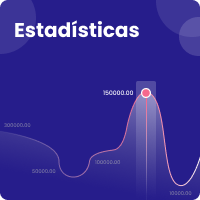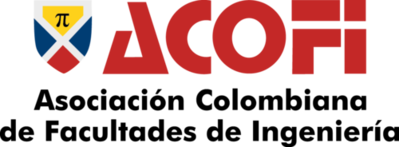ENGINEERING TEACHING IS STUCK IN THE PAST: HOW TO MOVE FORWARD FROM THE TRADITIONAL AND OBSOLETE APPROACH?
DOI:
https://doi.org/10.26507/ponencia.291Resumen
The engineering industry demands professionals and leaders that make substantial contributions to both the research and practice fields. Engineers are required to be self-directed learners during their entire professional life. Therefore, as students, they should deal with real-world problems and learn problem-solving skills early in their education.
Unfortunately, students are not being prepared for the real world. Lectures are becoming an old-fashioned and ineffective approach to teach because everyone can acquire what professors are teaching through the world wide web. Furthermore, teaching has been reduced to the transmission of information. The amount of information received by students in a class, very often, is overwhelming. It becomes difficult, for any human being, to recall all the information in the long term. Professors should not expect students to memorize an enormous amount of information that sometimes seems to be irrelevant to what they need as future engineers/professionals.
The average attention span of people between 18 and 35 years of age is close to 15 minutes. Students retain about 70% of what they hear in the first ten minutes of class and just 20% during the last ten minutes. Thus, professors face the challenge of figuring out how to manage their time in the classroom. Innovative ways to teach the new digital generation of students should be incorporated into the classroom to move away from the traditional educational approach by which most of the engineering courses have been taught for decades. The task is not easy at all because engineering courses, by nature, require a lot of problem-solving skills and not all the available methodologies are appropriate for all the courses and/or content.
Active learning is an approach that can be considered when designing the class syllabus. This instructional approach seeks to engage students in the learning process by incorporating meaningful activities. The main goal is to provide students scenarios that allow them to analyze and apply class concepts/content to real-world situations. The aim of this paper is to present active learning applications in a Construction Management course. This course is part of the Civil and Environmental Engineering Program at Virginia Tech. To this end, the concepts of critical and open pedagogy, and networking learning are applied.
Incorporating a process of analysis and synthesis, providing a safe space for questions and discussions, and acknowledging the potential of diversity in the classroom may lead to a better learning process. Moreover, it will contribute to the creation of critical thinkers all around us. All engineering disciplines are different by nature, which makes each student learning experience diverse. Should we assess their learning performance in terms of how well they are prepared for the demands of this century’s workplace instead of their score on a test? “If the purpose of learning is to score well on a test, we have lost the real reason for learning”.
Descargas
Descargas
Publicado
Cómo citar
Evento
Sección
| Estadísticas de artículo | |
|---|---|
| Vistas de resúmenes | |
| Vistas de PDF | |
| Descargas de PDF | |
| Vistas de HTML | |
| Otras vistas | |








